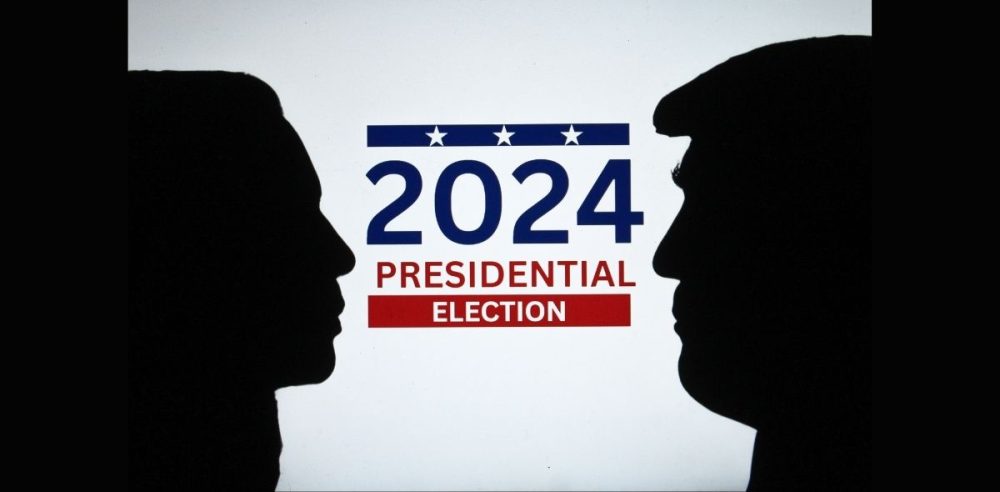Nate Silver, the founder of the popular political website FiveThirtyEight, accused some pollsters of manipulating data to maintain a close 2024 race between former President Donald Trump and Vice President Kamala Harris.
On his podcast, Silver claimed pollsters are “herding” results by reusing data to show tighter margins, particularly in swing states. He criticized both GOP-leaning firms and certain established pollsters for predictability, the New York Post reported.
Silver’s model currently places Trump ahead of Harris, 55% to 45%, sparking debate over the accuracy and integrity of polling.
Silver expressed growing skepticism towards pollsters, specifically mentioning Emerson College’s polling efforts. He voiced frustration over the consistent reporting of close margins across numerous states.
“Every time a pollster says, ‘Oh, every state is just plus-one, every single state’s a tie,’ no! You’re f–king herding! You’re cheating!” he declared, emphasizing that such results are unrealistic given the varied demographics and sampling sizes involved in polling, the New York Post reported.
Silver’s criticisms extend beyond specific pollsters to a broader trend he perceives among Republican-leaning firms that frequently report Trump leading by slim margins.
He cautioned that a pollster consistently presenting predictable results undermines their credibility.
“If a pollster never publishes any numbers that surprise you, then it has no value,” Silver said, highlighting the need for transparency and integrity in polling.
According to Silver’s own forecasting model, Trump currently leads Harris by 55% to 45% as Election Day nears.
However, he pointed out that many swing states show razor-thin margins, with all seven battlegrounds polling closely together.
This reality, he suggested, indicates that a forecast of a tied race is reasonable, but he expressed concern over the implications of such data on public perception.
In a recent op-ed for The New York Times, Silver reflected on the challenges pollsters face, especially when it comes to accurately capturing the preferences of Trump supporters.
He noted that a “nonresponse bias” has skewed previous polling efforts, making it difficult for pollsters to reach this demographic.
“It’s not that Trump voters are lying to pollsters; it’s that in 2016 and 2020, pollsters weren’t reaching enough of them,” he explained, emphasizing the need for more effective outreach methods.
As the election draws closer, Silver’s observations serve as a cautionary tale for both voters and pollsters alike.
The accuracy and reliability of polling data are critical in shaping the political landscape, and Silver’s critiques underscore the importance of integrity in this process.
With Election Day just days away, the tension between polling data and actual voter sentiment continues to rise, prompting many to wonder how much faith can be placed in the latest survey results.
This article was written with the assistance of artificial intelligence.


